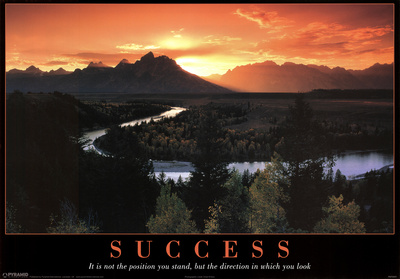First, let me say I'm not an accountant or tax guru, but this is the information I have researched and verified over the years. Check with your own accountant and use your state's tax laws to make sure you are following the rules in your own jurisdiction.
Taxes, Schmaxes!
As a small business, you will need two new best friends: Your attorney and your accountant. These are trusted advisors in any business venture and you should have them on your team from the start. As a publisher, as with any small business, you will have to pay many different taxes, among them are income taxes, city and state taxes where applicable, use taxes for online purchases, and sales taxes.
In order to determine what amount of revenue you actually pay taxes on in a given year, you'll need to decide what accounting method suits you best. Then you'll need to file with the state to become some form of tax paying entity. Sole proprietorship, Limited Liability Corporation, or Corporation Subchapter S are the main types of business structures.
Ask your accountant and your attorney what is best for your fledgling publishing company.
Accounting Methods
All forms of business entities must decide whether to do their accounting on an
accrual or
cash basis.
Using the
cash method is the most common for the type of sales a typical small publisher encounters. You will count revenue when you receive money. You don’t list it as revenue until you have it in your hands. If you bill, but don’t get paid, you have no income yet.
The other way, the
accrual method, where you book revenue at the time services are rendered or the time goods are provided, and it doesn’t take into account when and/or whether payment is received.
For most micro businesses, but especially small publishers that will have to deal with distributors and wholesalers who have 30-60-90-120-180 day payment cycles, the cash method will work best for you because you won't account for sales until you actually get paid. Cash basis accounting is simple to use, and at the end of your tax year, it’s very clear what your business made, because you only counted real money.
Federal and State, County and City Tax Terms
Make sure you know what the laws in your state are as far as filing your tax returns. It may not be the same schedule as your personal tax return. Sole proprietorships, limited liability companies or partnerships, and corporations filing under Subchapter S have different rules depending on what state your business is incorporated. Check with your state’s tax office or your accountant.
Direct Sales to Customers
You will be required by state, city and county laws to charge a tax on all sales directly to consumers. If you intend to travel to a different state for a bookfair or tradeshow, make sure you check with that state’s tax office to see if you need a concessionaire’s license, or a temporary tax permit. Some venues will even come to your booth and ask if you have a permit – so make sure you know before you go.
One important little tidbit – if you collect sales tax, you must actually
pay the state and local entities. You can’t collect taxes and then keep them as revenue. Seems logical, but you’d be surprised at how many people don’t do this.
How do you know what's taxable and what's not taxable?
DIRECT RETAIL SALES (A SALE MADE DIRECTLY BY YOUR COMPANY TO CUSTOMER/END USER): As a tax-paying entity, you'll get a handy guide from your state tax office that tells you what is taxable. As a publisher, if you sell a book to an end consumer, you should collect Sales Tax according to the state in which your feet are actually standing during the transaction. More and more, states are requiring collection of Sales Taxes on internet sales, too. It
is a sale to the end user, so put in place a way to collect Sales Taxes on your website. If you don’t collect Sales Tax on your site, those lovely IRS people will now collect Use Taxes from the buyer later anyway. Best to just start collecting and paying as you start up your website.
RESALE (A SALE MADE TO A BOOKSTORE, WHOLESALER OR SOMEONE ELSE WHO IS
RESELLING YOUR PRODUCTS TO THEIR CUSTOMER/END USER): When you buy goods you have manufactured with the intention of selling to a wholesaler, distributor or retailer who resells your products, you will need a resale license, and under that license, you will not pay
Sales Taxes on those goods. The person who collects the money from the END USER is the one who collects Sales Taxes at the time of the sale, and thus, the one who is responsible for paying those taxes to the state or local taxman.
Sales you make to the wholesaler? You don't collect sales tax on this sale.
Sales you make to a bookstore? You don't collect sales tax on this sale.
Sales you make to Joe Customer for their use (even it is a gift for someone). You charge the customer sales tax.
Internet sales are different from state to state - always check with your accountant.
BOTTOM LINE:
CHECK WITH YOUR ACCOUNTANT, ATTORNEY, AND/OR YOUR STATE TAX OFFICE FOR WHAT IS RIGHT IN YOUR STATE!



